Archiology
Where is the lost city – Gamla?
Gamla was a lost city for almost 2000 years. Dozens of researchers from around the globe tried to find the ancient city for hundreds of years, without success. Where is Gamla? Was it ever found?
Looking for the city Gamla
A brown cloak with white laces or a knight’s suit of armor?
Burchard of Mount Sion is a Dominican monk – so a brown robe.
On the other hand, he set out in the year 1280 on a Don Quixote mission, in search of the lost city of Gamla.
If so, I have no choice, Burchard will be a little hot and uncomfortable (only until the end of the paragraph) – so a suit of armor from head to toe with a lance in hand.
Why did a monk leave Germany, one bright day, to look for Gamla, a city that was destroyed during the Second Temple period, instead of looking for the Holy Grail for example?
Because he had read the books of Josephus Flavius.
Who is Josephus Flavius?
Josephus Flavius was a historian who left a priceless literary legacy of writings on Jewish history. In his books, he described the events of the revolt of the Jews against the Romans, as well as Jewish history since biblical times.

The description of ancient Gamla
The only description of Gamla is found in Josephus Flavius’s book –
“The Wars of the Jews”:
>>> Gamla is close to the sea of Galilee, on its eastern side.
^^^ The city is built on a steep hill and surrounded on both sides by an abyss.
<<< Gamla is built on a spur that resembles a camel’s hump (Gamla meaning – “the camel” in Aramaic).
Researchers and scientists are setting out on a journey
According to the descriptions in the books of Josephus Flavius, many researchers and scientists set out on a journey to the Holy Land, to solve the riddle and locate the lost city. Among them were Sella Merrill, an American priest (1883), Conrad Forrer, a Swiss researcher (1879), Gustaf Hermann Dalman (1913), Itzhak Goldhar (1913), and many others, but without success.
An additional attempt was made, to locate Gamla on a bright day in 1968.
Yitzhak Gal, a member of Kibbutz Afikim, climbed a certain ridge in the Golan Heights.
He folded his hands – military style, looked around and decided:
“This is the place of “Gamla”!
Say what?
Certainly, this is a very effective scientific method:
Decisiveness – short and sweet!
How had no one thought of this before?
Well? is this the place?
The archaeologist Shmaryahu Gutman arrives to investigate the scene
The legendary archaeologist Shmaryahu Gutman, who excavated and explored another legendary archaeological site in the past – Masada, came to check whether the new and surprising identification of the lost city of Gamla is convincing.
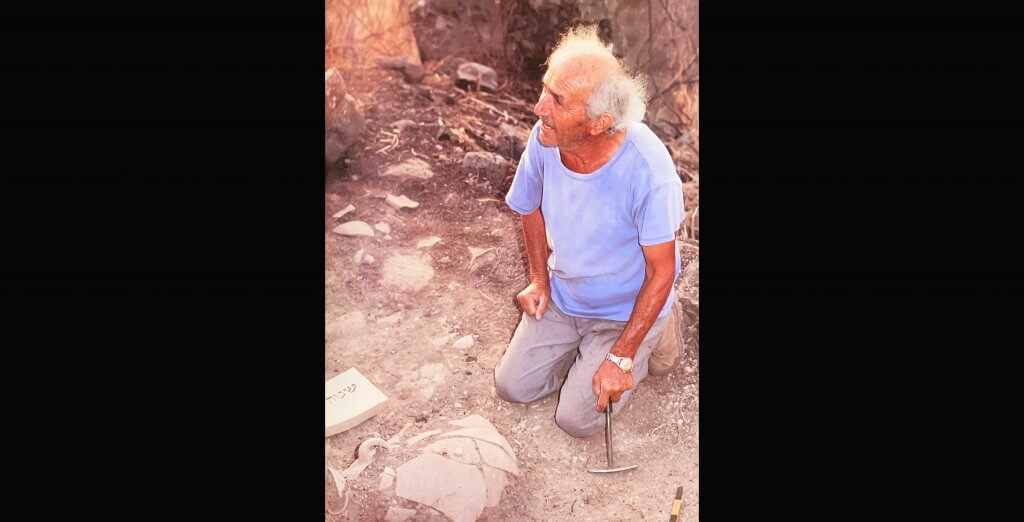
After extensive investigation, Shmaryahu Gutman believed, that there is a complete similarity between the data in the field and Josephus Flavius’s descriptions.
Many of his friends doubted this location as the lost city of Gamla and those who believed it, doubted that remains can still be found on the surface, to prove it.
Following the lack of trust, it was difficult to find funding for the excavation. After a long process, limited funding was found, so the archaeologist Shmaryahu Gutman had to determine a point of interest, so that significant results would be found in the first excavation.
The archaeologist studied thoroughly the site and conducted a field survey. Following a large fire that broke out there, a long wall was exposed from the summit to the slope. Shmaryahu Gutman decided to dig around the wall, but because of its great length, he did not know where to start.

After repeatedly patrolling the length of the wall, the archaeologist found several large carved stones near the wall.

Do the large stones belong to a structure, located in the place where the stones are placed, or did they fall from a high place on the site, and are part of a structure located elsewhere.
(The answer will become clear in a few sentences).
The excavation
The decision was made. The excavation began where the stones were found, and now without biting too many nails, I will reveal what was discovered in the first excavation.
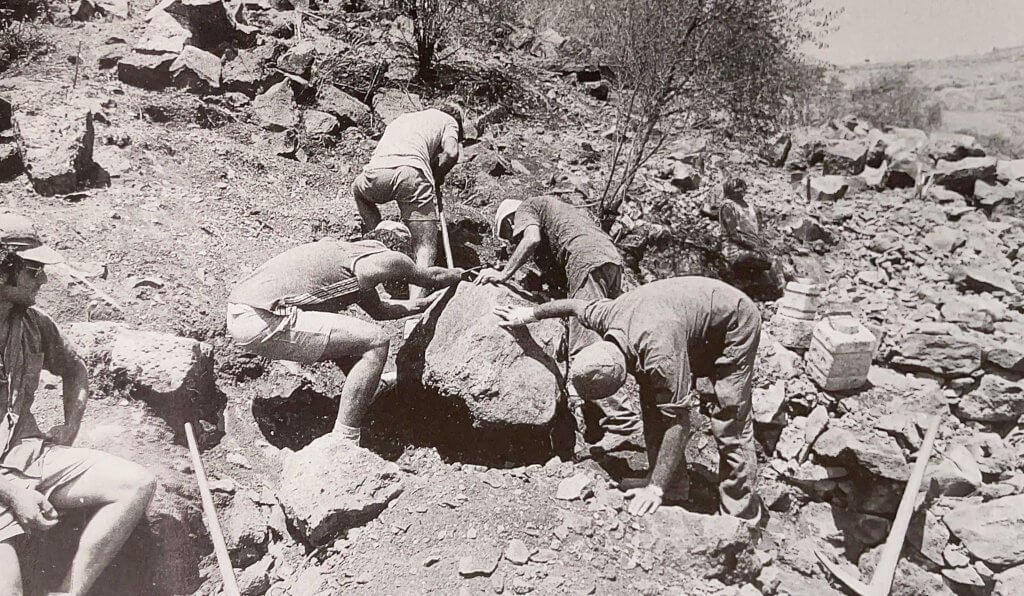
After clearing the landslides and the drift, a magnificent and spacious public building was discovered. The large stones, it turned out, were part of the earliest synagogue excavated, so far, in the territories of Israel!
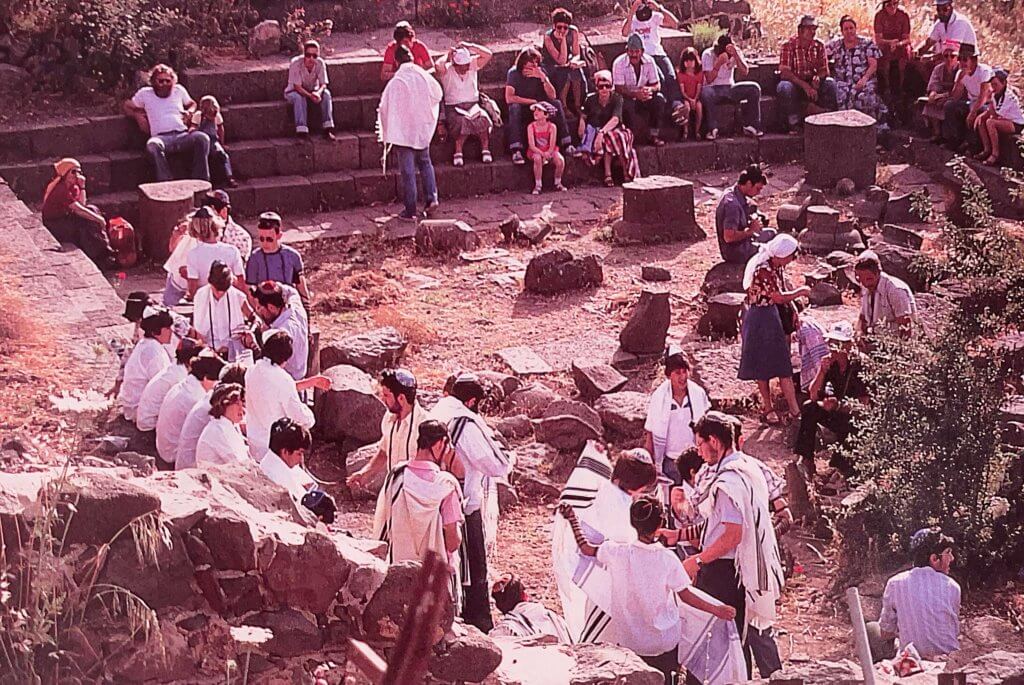
Many artifacts related to the war were found, scattered in such a way that it seemed to the diggers as if they were facing the war, in real time. Among these artifacts, were found arrowheads and, ballista stones, as well as bronze ornaments from the uniforms of the Roman army.
In addition, several purification-mikvahs and olive oil press were excavated and found, clay oil lamps and coins minted in the place during the siege.
The archaeologist, Shmaryahu Gutman, proved that the excavation site is the city of Gamla, which had been lost for hundreds of years.
A total of 14 excavation seasons were held at the site.
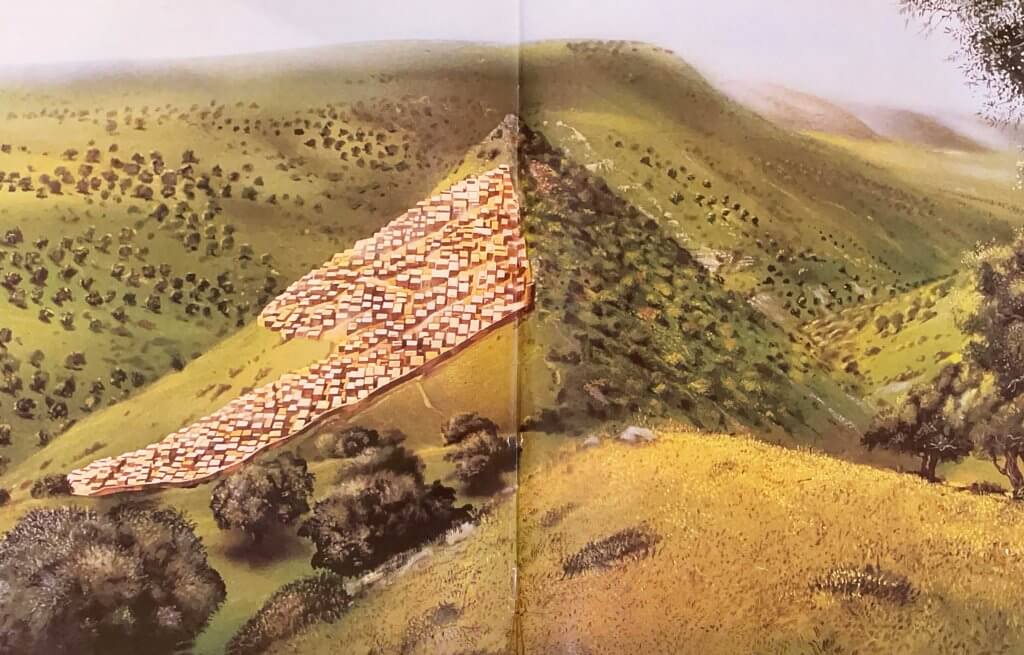
Back in time – Gamla at the time of the rebellion
We go back in time to the year 67 AC, to a conversation held between a merchant and a customer, in an olive oil press in the city of Gamla:
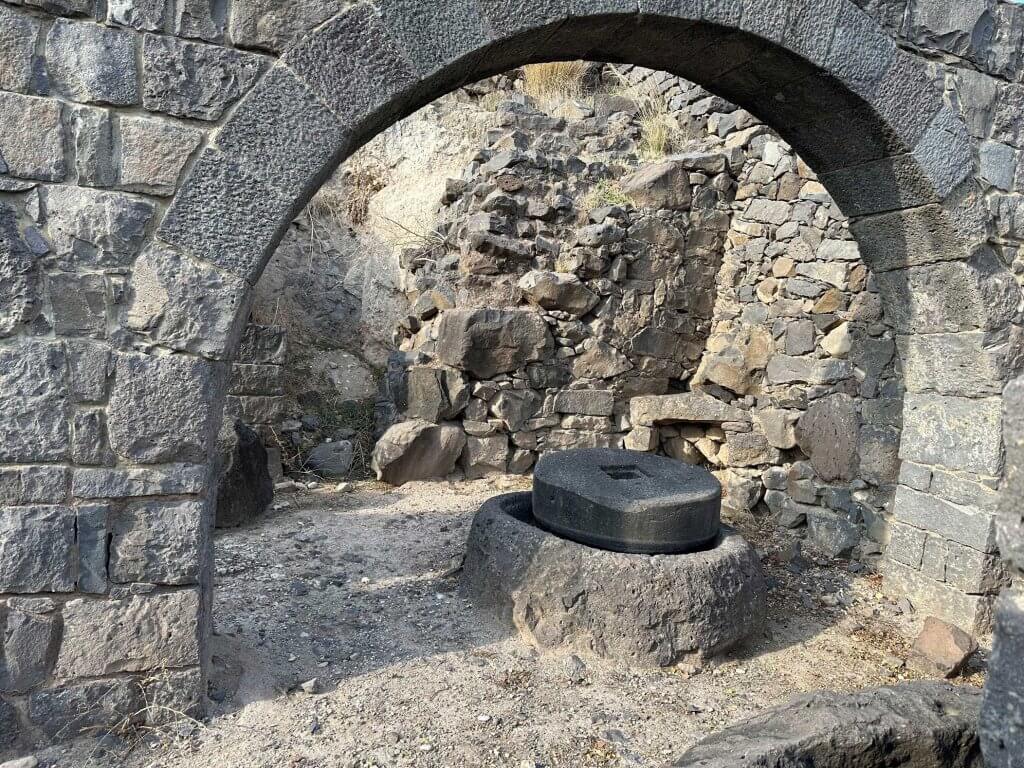
Merchant: Why are you paying me in Alexander Yanai’s currency? He died a long time ago.
Customer: So, in which currency to pay? In the currency of the rebellion?
Merchant: Well, it really is indeed a new currency.
Customer: Believe me, if your oil here in Gamla wasn’t the best oil I know, I wouldn’t have bothered to travel all the way from Egypt to here, with your unpleasant attitude.
Merchant: Forgive me for the insensitivity. This is a very stressful time.
Customer: Say, I feel during this visit, congestion in the streets. What happened?
Merchant: Many people are afraid of the Romans’ response to the rebellion, so they come to us from all over the Galilee.
Customer: Obviously! Gamla is the safest place in the area.
I heard that Yosef ben Matityahu came to strengthen the wall and brief the residents.
Merchant: Yes, it’s nice that the commander of the rebellion in the Galilee is coming to the area to help, but there is nothing to worry about – the access to Gamla is very difficult – its topographical structure is steep, and our eastern wall is strong. we are safe.
Customer: I heard that Yosef ben Matityahu wants to bring more fighters here, but that’s nonsense, there’s really no need.
Merchant: Obviously! We refused. Our leadership told him not to bring any more fighters here.
Merchant: Well, we have chatted enough for today, I have a lot of work ahead of Rosh Hashanah. Let’s leave the politics aside for now. Do yourself a favor, go to the synagogue, there is an amazing lecture there today. When you return, the shipment will be ready.
Customer: Good suggestion, I really like studying at your synagogue.
First, I will go to the store up here, to buy my wife makeup tools.
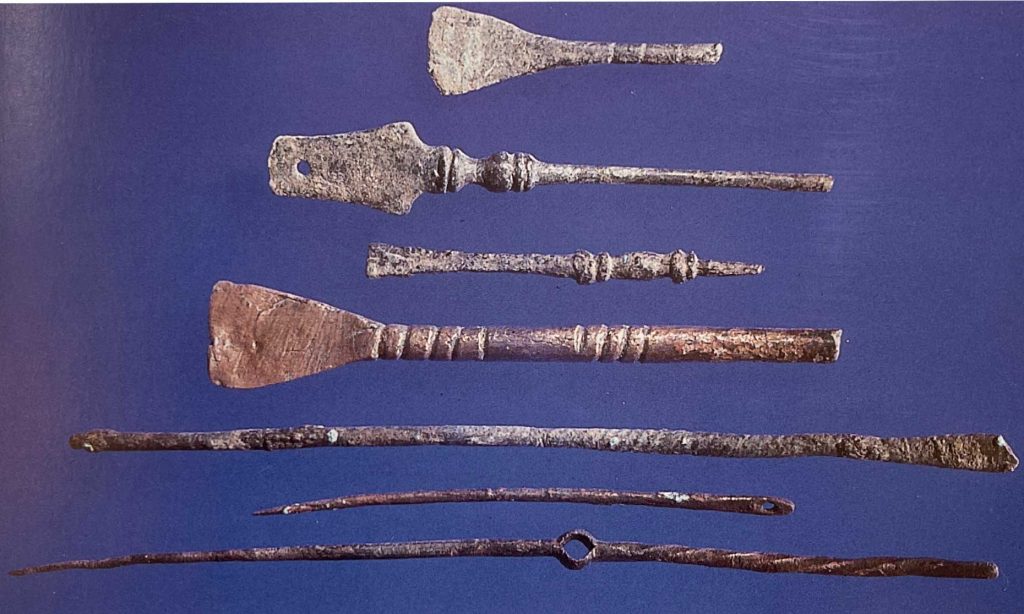
The Romans came to Gamla, after conquering all the rebel settlements in the Galilee.
They came to the city with a mysterious and powerful weapon, which no one expected.
Millennium model catapult?
No.
Sling rocks with kryptonite?
No.
Superman?
No
Can you answer please?
It’s hard for me to answer. The answer is difficult.
Well, the answer is that the Romans came with Josephus Flavius.
That’s it? they came with a historian?
Sounds like normal procedure in war.
This case is unusual.
He had just been taken prisoner with the occupation of the city of Jotapata (Yodfat).
He preferred to defect to the Roman side, so that the Romans would not kill him.
If so, he must have been a Jewish soldier. It’s not good, but not powerful.
Josephus Flavius is the name given to him, after he turned to the Dark side.
Before that, he was Yosef ben Matityahu!
Yosef ben Matityahu, the commander of the rebellion in the Galilee????
You mean to tell me, that a General Officer commanding betrayed his people and defected?
Yes.
But he knows all the strategies, all the weaknesses, all the hidden caves…
I have the chills.
The Romans easily breached the wall, at its weak point.
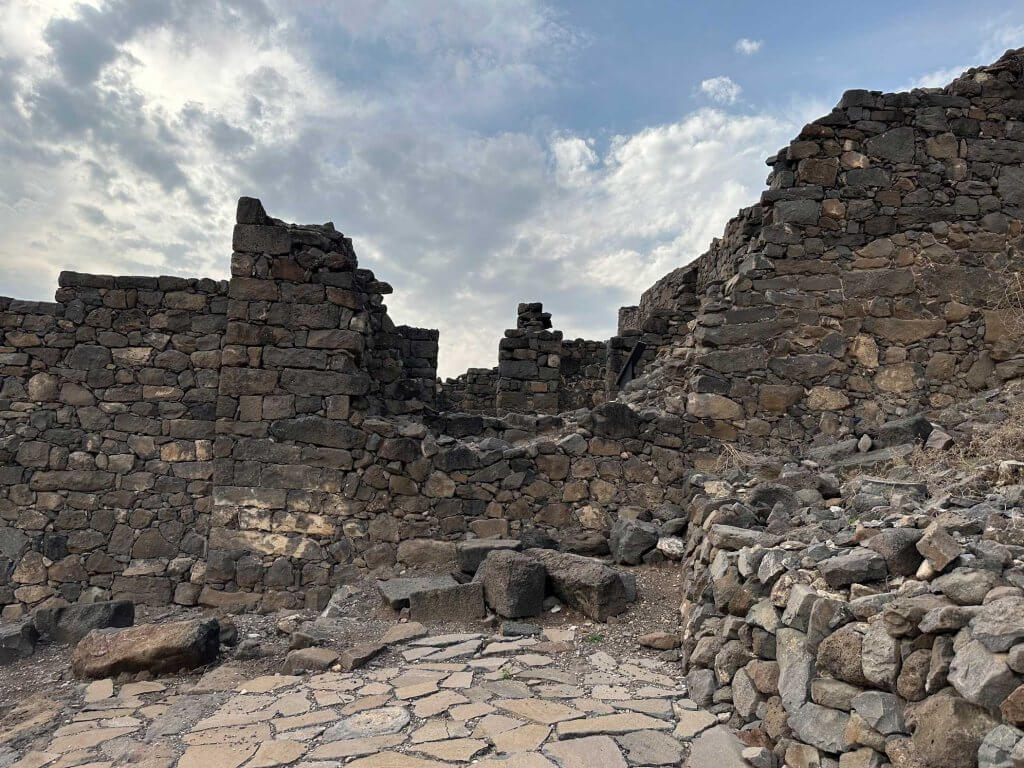
We already know how they knew where to hack.
The Roman legionnaires attacked en masse. The Jewish rebels retreated to the higher parts of the city and drew the Romans to them.
At some point the rebels turned and launched a counterattack, taking advantage of their height and charging down toward the Roman soldiers.
The Romans found it difficult to maneuver in the narrow alleys of the city. Their numerical advantage now worked against them.
The first battle ended in a bitter defeat for the Romans and a stunning victory for the Jews in Gamla.
In the second battle the result was horrible.
Gamla fell, and with it 9000 people from Gamla and the Galilee.

